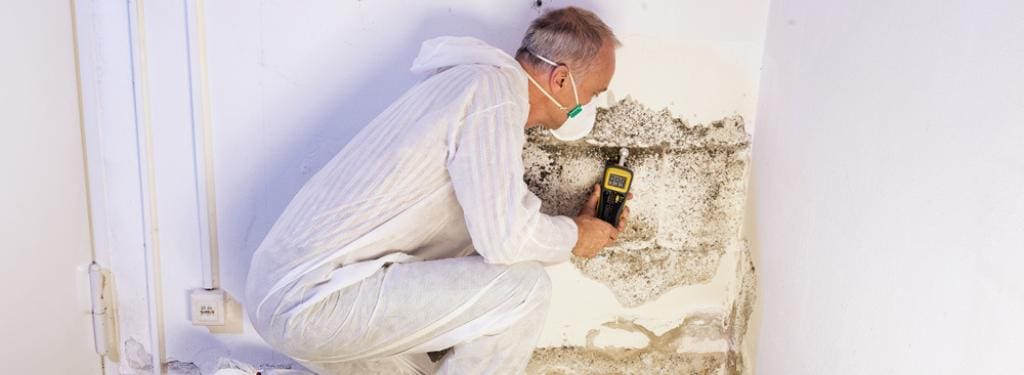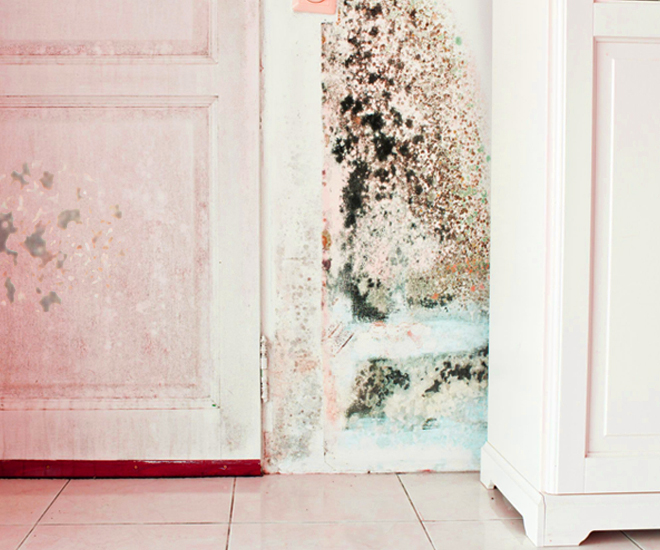Essential Actions After Mold Remediation
Essential Actions After Mold Remediation
Blog Article
Your Ultimate Overview to Article Mold Remediation Techniques
In the after-effects of mold invasion, knowing exactly how to effectively remove the mold and avoid its reoccurrence is paramount for preserving a healthy and balanced indoor setting. From choosing the appropriate cleansing and sanitizing methods to applying methods for lasting mold and mildew prevention, each step in the removal trip plays a vital role in making sure an effective outcome.
Comprehending Post-Mold Removal Refine
After finishing the mold removal process, it is crucial to recognize the post-mold remediation techniques that are needed to guarantee a extensive and effective cleaning. Once the mold and mildew has been removed, the following step entails cleansing and disinfecting the affected locations to protect against any type of regrowth of mold.
Furthermore, conducting a last inspection post-remediation is vital to make sure that all mold and mildew has actually been efficiently removed. If the examination discloses any kind of remaining mold and mildew, added removal might be necessary.
Effective Cleaning Up and Sanitizing Techniques

Protecting Against Future Mold Development

Relevance of Correct Air Flow
Proper air flow plays a critical duty in protecting against wetness buildup, a vital variable in mold growth within interior environments. Reliable air flow systems help get rid of excess moisture from the air, decreasing the possibilities of mold and mildew spores finding the dampness they require to spread and sprout. Without sufficient air flow, interior areas can become a reproduction ground for mold, bring about prospective health dangers and architectural damage.
By making sure proper air flow, air flow systems can also assist in drying damp areas faster after water damages or flooding cases, even more hindering mold growth. testing air quality after mold remediation. In spaces like shower rooms, kitchen areas, attic rooms, and cellars where moisture levels often tend to be higher, setting up and preserving reliable ventilation systems is critical in avoiding mold invasions

Monitoring and Upkeep Tips
Offered the crucial function that appropriate ventilation plays in protecting against mold and mildew development, it is critical to click for more establish effective monitoring and maintenance tips to guarantee the continued functionality of ventilation systems. Monitoring moisture degrees within the residential or commercial property is also essential, as high humidity can contribute to mold and mildew development. By staying positive and mindful to the condition of air flow systems, building proprietors can properly minimize the danger of mold regrowth and maintain a healthy interior atmosphere.
Final Thought
To conclude, post-mold remediation methods are vital for making sure a safe and tidy setting. Comprehending the procedure, implementing reliable cleansing and decontaminating approaches, protecting against future mold growth, maintaining proper ventilation, and regular monitoring are all essential steps in the removal procedure. By adhering to these guidelines, you can efficiently get rid of mold and avoid its return, advertising a healthy living or working area for all passengers.
In the results of mold invasion, recognizing exactly how to effectively get rid of the mold and stop its reoccurrence is vital for maintaining a healthy and balanced interior environment. As soon as the mold and mildew has been eliminated, the following action includes cleaning and sanitizing the influenced areas to prevent any type of regrowth of mold - testing air quality after mold remediation. After getting rid of noticeable mold and mildew development, it is vital to clean all surfaces in the afflicted location to remove any kind of remaining mold spores. To additionally boost mold and mildew avoidance measures, it is necessary to resolve underlying issues that initially led to mold advancement.Provided the essential role that proper ventilation plays in avoiding mold and mildew development, it is essential to establish effective tracking and like it maintenance suggestions to guarantee the continued performance of ventilation systems
Report this page